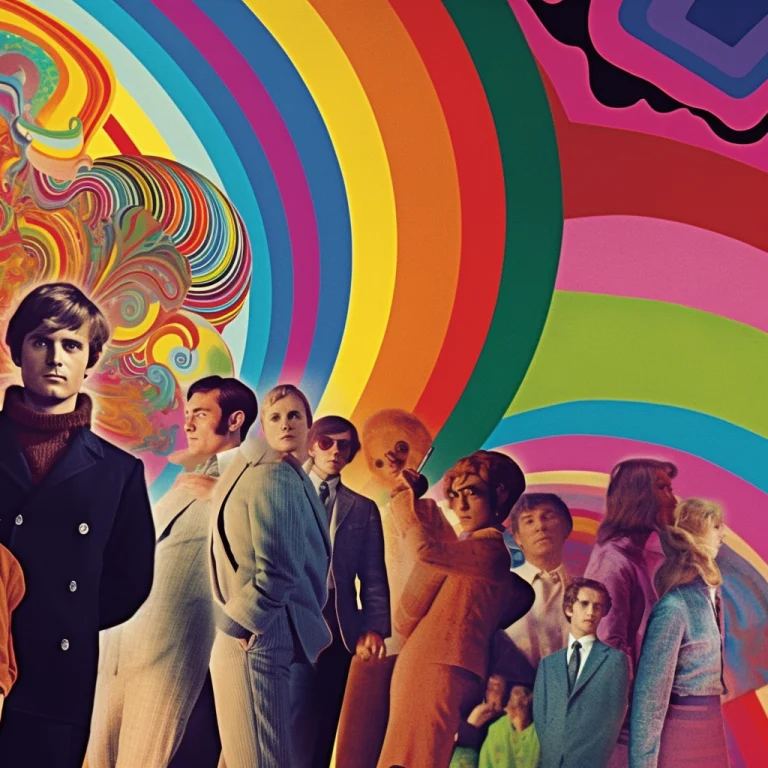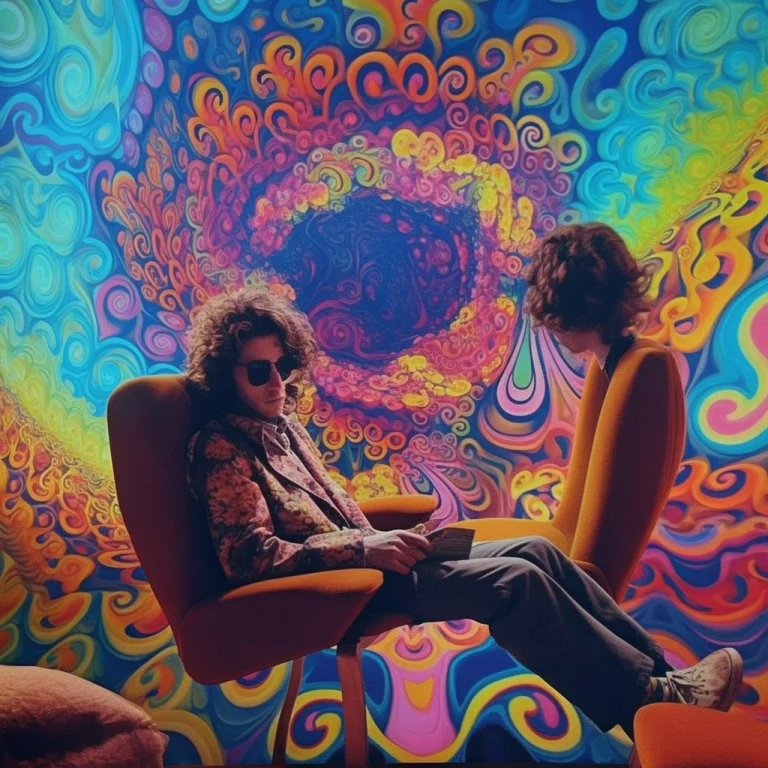DMT Guide – Origin and History
N,N-Dimethyltryptamine, commonly known as DMT, is a naturally occurring psychedelic substance with a rich historical backdrop and a distinctive pharmacological profile. This article aims to explore the origins and history of DMT, delving into its ancient use, its discovery in the scientific world, and its impact on culture and society.
Origins of DMT
DMT is a compound found in numerous plants and animals, pointing to its deep-seated roots in the earth’s natural biology. It belongs to the tryptamine family, a group of compounds derived from the amino acid tryptophan. DMT is predominantly found in certain Amazonian plant species, but its existence extends across different species and ecosystems worldwide.
Although the exact purpose of DMT in plants and animals isn’t fully understood, some theories suggest it might play a role in response to stress or injury, or potentially even in maintaining normal cellular function. The universality of DMT’s presence indicates a complex relationship between life and this powerful psychedelic compound.
Historical Usage
DMT has a rich and diverse history of traditional use, particularly in South America. Indigenous cultures have long used DMT-rich plants in their shamanic practices and religious rituals. The most renowned example is the brew known as Ayahuasca, a concoction combining DMT-containing plants with others containing monoamine oxidase inhibitors (MAOIs), allowing the DMT to be orally active.
These indigenous peoples used Ayahuasca for spiritual and healing purposes, often under the guidance of a shaman. The intense, otherworldly experiences it provoked were considered to provide insight, healing, and direct communication with the divine.
Scientific Discovery
The scientific community didn’t recognize DMT until the mid-20th century. The first synthesis of DMT was conducted by British chemist Richard Manske in 1931. However, the psychedelic properties of DMT weren’t discovered until 1956 when Hungarian chemist and psychiatrist Stephen Szára found that it caused hallucinations, altered consciousness, and euphoria in humans when administered intravenously.
Interest in DMT research grew throughout the 1960s and 70s. Still, it was hindered by increasingly strict drug laws, most notably the United States Controlled Substances Act of 1970, which classified DMT as a Schedule I drug, making it illegal and severely restricting scientific research.
The Cultural Impact
DMT’s cultural footprint extends far beyond traditional indigenous use. With the advent of the psychedelic movement in the 1960s, DMT, among other substances, gained attention for its profound effects on consciousness. This period saw a surge in the recreational use of DMT and influenced art, music, and counterculture.
In more recent years, the discussions surrounding DMT expanded with the works of figures like Terence McKenna and Rick Strassman. McKenna, an ethnobotanist and passionate advocate for the responsible use of naturally occurring psychedelic substances, discussed DMT extensively, contributing to its cultural relevance. Strassman, a medical doctor and researcher, conducted the first new human research in the US with psychedelic substances in over 20 years, including groundbreaking studies on DMT. His work, particularly his book “DMT: The Spirit Molecule,” further amplified the cultural and scientific conversation around DMT.
The Legal Status
Today, DMT is classified as a Schedule I drug under the United Nations 1971 Convention on Psychotropic Substances, meaning it’s considered to have a high potential for abuse, no currently accepted medical use, and a lack of accepted safety. In many countries, including the United States, it is illegal to manufacture, buy, possess, or distribute DMT.
However, there are exceptions for religious use in some contexts, following legal battles by groups like the União do Vegetal and Santo Daime churches, which use Ayahuasca as a sacrament. The legal landscape is complex and varies significantly from country to country.
Conclusion
The story of DMT is a fascinating journey that intertwines nature, culture, science, and law. From its ubiquitous presence in the plant and animal kingdoms to its profound impact on human consciousness and society, DMT continues to puzzle and intrigue scientists and enthusiasts alike. As we move forward, it’s vital that we continue exploring this powerful substance responsibly, respecting its cultural heritage, scientific potential, and the legal framework that surrounds it.
Why You Should Buy Psychedelics With Shroomhub – Online Canadian Magic Shroom Dispensary
Shroomhub is your most trusted online mushroom dispensary in Canada, dutifully providing quality products at the most competitive prices to customers across all territories. Our broad product range includes everything from micro-dose mushroom capsules to Psilocybin containing dried mushrooms, and even extends to LSD products and DMT. Shop online today and take advantage of our low prices and rest easy knowing the Shroomhub team as your order taken care of.





